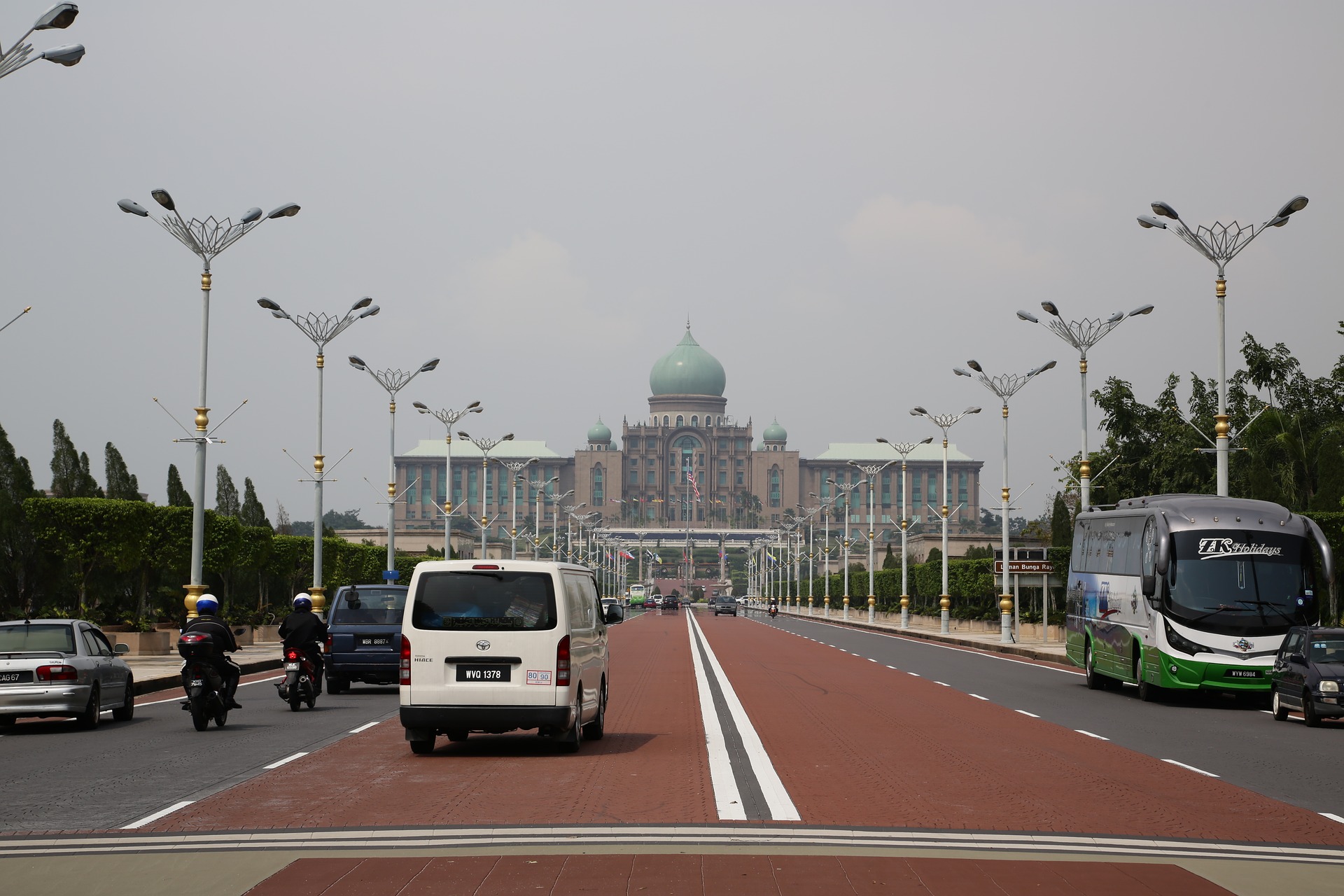
At the start of this new year, Kulanthayan Mani, Safe Kids Malaysia, Universiti Putra Malaysia, is reflecting on the possibilities that COVID-19 has shown us with regard to achieving the 2030 target to reduce road deaths and injuries by 50%. Kulan is waiting in anticipation for the official road crash and fatality figures for 2020. He says, “We believe that many countries, not just Malaysia, have recorded lower numbers of crashes and road fatalities as a result of the COVID-19 pandemic. This shows that SDG 3.6 is possible, or at least to get close. For those countries, that have achieved the target in 2020, the next challenge is to work hard to maintain this new unexpected low number of road crashes and fatalities.”
In the next year, Safe Kids Malaysia’s primary focus will be to push on its child restraint program. A new child restraint law was passed in 2020 to be enforced in 2021. Seat belt legislation is in place for all vehicle occupants, but, says Kulan, usage among rear seat passengers is very low. “We hope with the introduction of child restraint legislation, we can also push rear seat belt usage up. Child restraint system benefits can be seen clearly only when all other car occupants also are restrained. All of us need to work hard to make the new policy and law on child restraints a success in this country. Our intervention message is for all car occupant passengers to be restrained (adults with seat belts and children with child restraints). In this way we can increase seat belt and child seat usage and build a safety culture among children at a young age. We believe that the success of the child restraint policy will help us to work with the government on our next policy ask: to require helmets on bicycles.”
Bicycle helmet, says Kulan, is a safety product usage intervention similar to seat belt and motorcycle helmet. “The principles and aim are the same. If we can promote the practice of using safety products among kids when they cycle, then as they grow, they will use helmets on motorcycle, child restraints, and then later, seat belts in car. This practice we then hope becomes culture. It is also aimed at adults to provide safe travel for their young ones at all times and with all types of vehicle.”
Speed reduction is also on Safe Kids Malaysia’s advocacy agenda, in line with the 6th UN Global Road Safety Week. Kulan says “Everyone knows, among all types of road safety intervention, the most promising one is speed reduction. It cuts across all vehicles and has two main benefits: preventing crashes from happening and preventing and reducing the severity of injuries in the event of a crash.”
Looking further ahead, Kulan is optimistic. “Target 2030 in my opinion is achievable. I strongly believe with the new norms that we have adopted in the COVID-19 pandemic, we can make it workable for the traffic pandemic too. For the next couple of years, I believe the travel demand will still be low and this will continue to translate into low crash and fatality rates. The post-COVID-19 period is crucial. If we road safety practitioners aggressively promote road safety practice at this time, to address the road safety culture, then we can expect good returns.”
“The Malaysian government is committed to achieving SDG 3.6. We believe they will strongly support any UN Resolutions on road safety. We believe road safety is a local and community problem. Thus, as an NGO, we have a role to play in engaging with the community directly as they are the road users.”
“As an academic, I believe that every country should be monitoring pre-event (pre-crash) indicators, for example, speed profile and safety product usage (seat belt, helmet, and child restraint). These numbers can help us to determine the likelihood of crash and injury rates. Observation of the pre-crash indicators help us to target our programs, to address the indicators most likely to lead to crashes.”
Read more about Safe Kids Malaysia Universiti Putra Malaysia HERE and see a video from its child restraint campaign below.